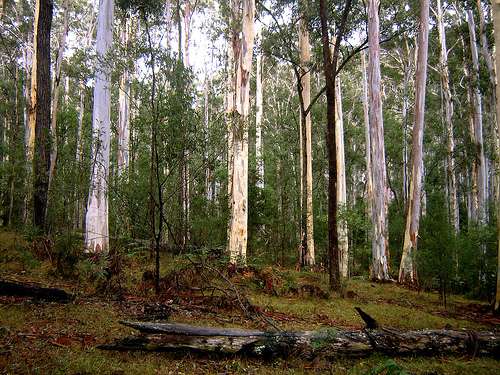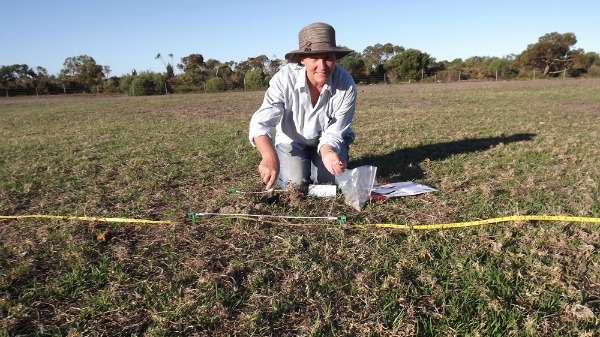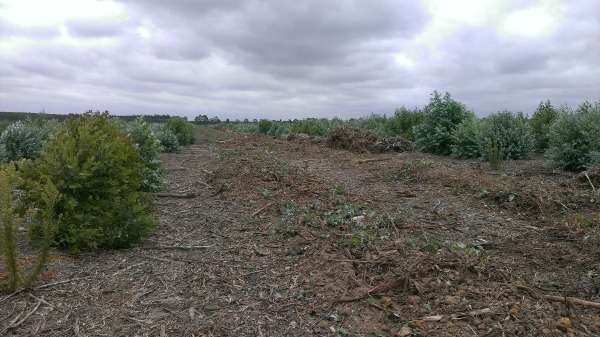Family legacy examined for soil viability

More than 20 years after her family planted blue gums (Eucalyptus globulus) on their Great Southern property UWA Masters student Sylvia Leighton is trying to determine what effect the trees have had on the region's soil fertility.
The UWA Albany student is examining soil health in Wellstead, 100km northeast of Albany, as part of a two-year $40,000 federal government-funded project.
Mrs Leighton's family planted blue gums on their 1200ha property in 1991 during a plantation hardwood boom in the Albany region.
More than 162,000ha of blue gums were established around Albany between 1990 and 2006, but by 2010 many commercial plantation companies had been sold or surrendered their timber leases.
Mrs Leighton says there is a lack of knowledge about how the trees affect soil fertility.
"Blue gum plantations have been associated with increased acidity and nutrient depletion," she says.
"My project aims to provide data to farmers currently facing the challenge of converting plantations back to conventional agricultural uses, and help them make long-term decisions about sustainable soil fertility."
Soil samples have been taken from 216 plots at a 50-year-old pasture site, 10 and 20-year-old former blue gum sites reclaimed to stump level, and 10 and 20-year-old former blue gum sites sprayed with herbicide and burnt.
They will be compared to samples collected after six common soil treatments have been applied, with soil taken from a native vegetation site used as a baseline.

Pasture will also be precision-sowed over the treatments to measure indicators of soil health such as moisture level, nutritional levels including potassium and nitrogen content and yield volume.
Mrs Leighton says this will evaluate techniques used by farmers to covert plantations to commercial pasture, such as stump grinding, spraying and burning.
"I hope to ascertain whether increased soil carbon from post-harvest residue contributes to long-term soil fertility by supporting the development of microbial populations," Mrs Leighton says.
The samples will be analysed using cutting-edge technology as part of UWA Winthrop Professor Andrew Whiteley's statewide citizen science MicroBlitz soil DNA sequencing project.

Mrs Leighton says she is excited by the study's potential to "value-add" to Wellstead farmers' profitability.
"For a family who started farming 50 years ago with no information about soils, it is so exciting we are now able to start to analyse microbes and the role they play in soil fertility," she says.
"They could be a tool we use to adopt better farming systems and technology in Australia by farming to our unique and individual soils and landscapes."
Provided by Science Network WA




















